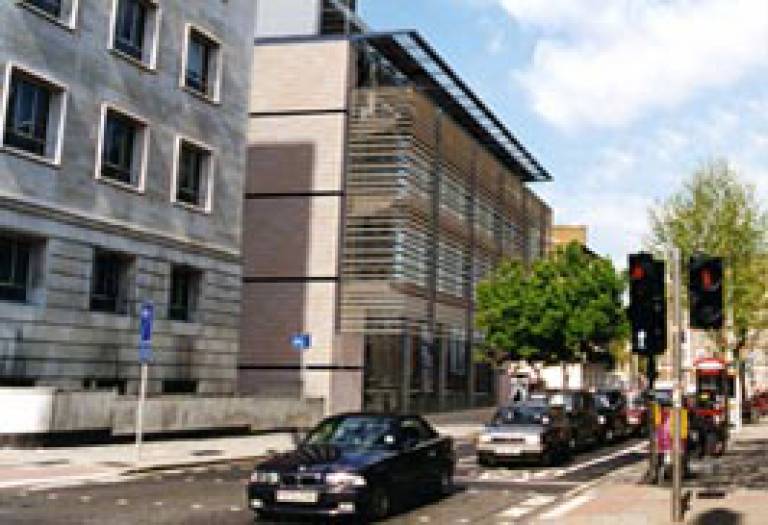Engineering may be the key to curbing swine flu
14 September 2009
Links:
 ucl.ac.uk/research/personal/index?upi=KMLAI38" target="_self">Dr Ka Man Lai
ucl.ac.uk/research/personal/index?upi=KMLAI38" target="_self">Dr Ka Man LaiHealthy Infastructure Research Centre (HIRC)
A team of UCL experts led by Dr Ka Man Lai (UCL Civil, Environmental and Geomatic Engineering) is investigating how revolutionising the design and building of our living spaces could dramatically reduce the spread of swine flu and other infectious diseases.
Funded by the Engineering and Physical Sciences Research Council (EPSRC), researchers at UCL's new 'Healthy Infrastructure Research Centre' (HIRC), are studying the behaviour of micro-organisms called 'pathogens' that cause diseases in places such as hospitals, schools and drainage and sewage systems.
The research centre aims to spot characteristics in building and infrastructure design that encourage diseases to spread,and to pinpoint changes that can be made to design, materials and maintenance to restrict pathogens' ability to survive and move around.
Dr Ka man Lai said: "It's well known that the infrastructure we rely on has an impact on our health, but understanding in this area is very limited. HIRC will therefore explore the role played by air conditioning, ventilation systems, drains, pipes, and the size and layout of rooms, for example, in the transmission of airborne diseases and diseases spread via surface contact.
"My vision is that, within the next ten years, we will completely transform infrastructure function, design and construction and so create a new disease-resistant environment fit for the 21st century. We hope that, within three years, HIRC will start generating insights and recommendations leading directly to healthier infrastructure."
Every year, infectious diseases (such as seasonal flu, tuberculosis, hospital 'superbugs' and most recently swine flu) affect millions of people around the world. Their spread can be affected by many factors, including temperature, humidity, the presence of surfaces where pathogens can linger and the availability of 'pathways' enabling them to move around freely.
The HIRC will also investigate ways of making old infrastructure healthier. It will evaluate the precise impact that simple steps such as improving ventilation and understanding the influence hand-washing facilities have on hand hygiene have in stopping the spread of pathogens.
The centre has already started an initiative with the North East & North Central London Health Protection Unit to investigate the relationship between the physical environment and tuberculosis transmission in an office. The centre is also working with Great Ormond Street Hospital to improve some infection control practices.
UCL context
The five-year project 'Infrastructure and 21st Century Infectious Diseases' began in April 2009 and will receive EPSRC funding of just over £1 million. Since the project started, a new office and a new laboratory have been built for HIRC within UCL Civil, Environmental and Geomatic Engineering. The new facilities will enable researchers to understand the evolution and ecology of micro-organisms in physical environments and thus the implications of infrastructure for infection transmission in urban environments.
Related news
Researchers win grant to study attitudes to swine flu
UCL scientists help to identify master gene
 Close
Close

